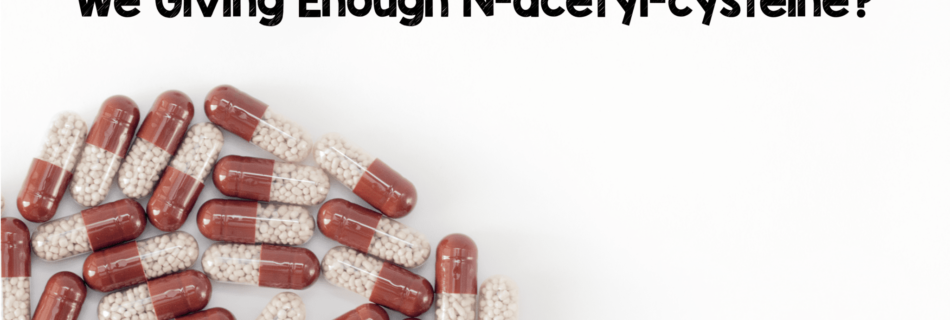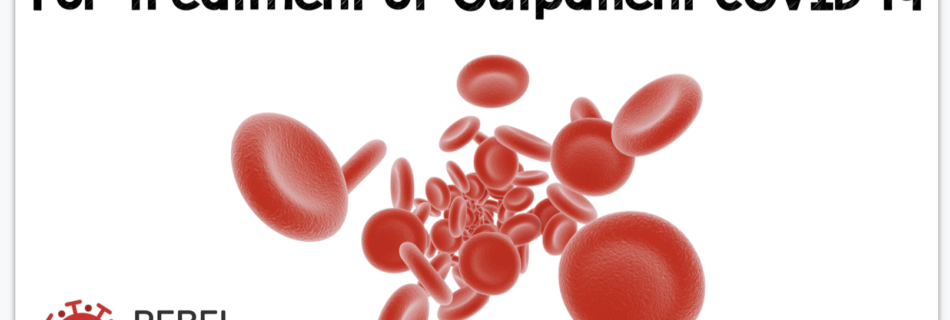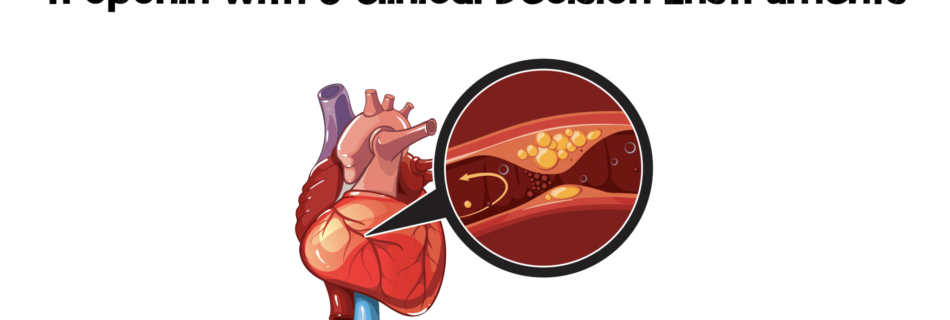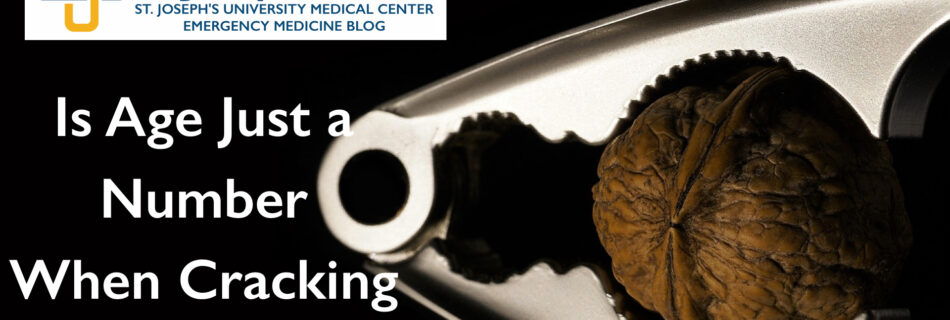Classic Journal Club: TXA for Epistaxis
Written by Amanda Hall, DO
This post first appeared on REBEL EM
Background: Epistaxis is a common ailment experienced by millions worldwide. While most of these cases can be managed by patients at home, some will require medical attention. Initial interventions include local pressure, ice, and forward head positioning for persistent bleeds. When simple maneuvers fail, we proceed to topical agents such as lidocaine with epinephrine, oxymetazoline, anterior nasal packing, and electrical or chemical cauterization.
Tranexamic acid (TXA) is an antifibrinolytic drug that inhibits the enzymatic breakdown of fibrin blood clots. Essentially, it increases blood clot stability. TXA has been studied extensively over the last 10 years for various conditions, including trauma, hemophilia, bleeding related to pregnancy, and other uncontrolled bleeding. However, the benefit vs. harm of using TXA topically for epistaxis is unclear.
TXA has become the standard practice in the ED based on small RCTs, though larger trials have not demonstrated the same benefit (REBEL EM review). Here, we explore one of the original trials which formed the basis of care and moved TXA into standard practice.
Paper: Zahed R, Moharamzadeh P, Alizadeharasi S et al. A new and rapid method for epistaxis treatment using injectable form of tranexamic acid topically: a randomized controlled trial. Am J Emerg Med. 2013 Sep;31(9):1389-92. Epub 2013 Jul 30. PMID: 23911102.
Clinical Question: Does the topical application of standard injectable tranexamic acid in adult patients presenting to the ED with persistent epistaxis reduce the need for anterior nasal packing?








